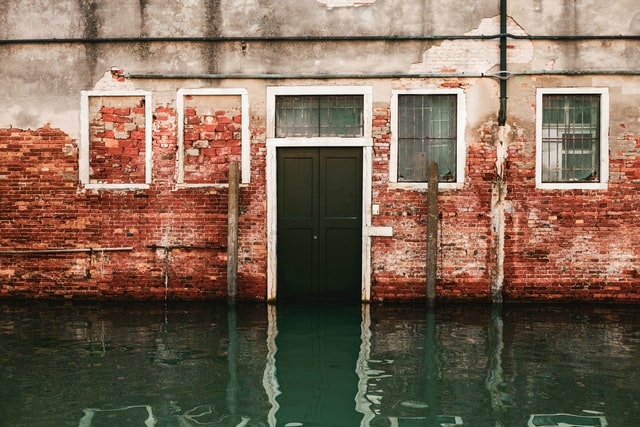If your house has suffered a flood, you may be unsure how to deal with the resulting sewage. Here are some things to keep in mind: Health risks, costs, equipment, and steps to take. These can help you get the job done right. In addition, we’ll discuss the steps you should take to prevent future flooding. If you’ve been in a flood, you might be wondering how to handle sewage restoration.
Health hazards
Sewage back ups are one of the most common plumbing emergencies. Sewage carries a range of illnesses and can even cause death. According to the National Resources Defense Council, nearly 2 million illnesses and deaths are caused annually by sewage contamination. These contaminated water bodies can contain pathogens and contaminants ranging from viruses and bacteria to pesticides and pharmaceutical residues. In addition to bacteria, E. coli can cause diarrhea and abdominal cramping, and Acanthomoeba can lead to an eye infection.
Regardless of the type of sewage backflow, the contaminated water may cause health problems for residents. Exposure to sewage vapors can lead to a variety of illnesses, including vomiting, diarrhea, and even hepatitis A. Although sewage isn’t usually transmitted through the air, it can stay on hard surfaces for a long time. This makes sewage backups a health risk for years after the event. The contamination of belongings may be difficult to remove, and some of these items may need to be discarded completely for your family’s health.
Costs
The costs of sewer restoration vary widely from property to property, depending on the complexity of the sewer system. Straight pipes without multiple connections are less expensive to restore than those with many connections. Sewer repair for residential properties is simpler and cheaper than that of multi-family homes, apartment communities, and other industrial settings. Unlike residential repairs, industrial, commercial, and municipal systems all require specialized equipment and are more expensive. If you are unsure about the cost of sewer restoration, consider hiring a plumber to estimate your needs.
Broken sewer pipe repairs can cost between $50 and $400 per linear foot, depending on the size and location of the pipes. Sewer pipe breaks can happen at the joints and require excavation. To replace the pipe, new jointed pipes are installed in the excavated area. This process can fix even the tiniest water lines. You can expect the costs to range from $4,000 to $8,000 for a residential sewer line repair.
Equipment
If you’re looking for a specialized service in sewage restoration, you’ve come to the right place. The experts at Green Genie respond promptly to sewage emergencies in Buffalo, NY and Niagara Falls and can begin the clean-up process as soon as possible. Sewage is a noxious substance that can harm your family and property. Because it can have a long lifespan and contain a variety of bacteria, you should throw away anything that has been soaked. Unless you’re equipped to handle it properly, you’ll need to hire a restoration company that is IICRC-certified.
While you’re cleaning up sewage, you should be wearing protective clothing and rubber boots. You should also wear rubber gloves and waterproof gloves. After finding the contaminated area, you need to disinfect hard, non-porous surfaces. This will prevent any contamination from spreading. Using these products, you can then use a detergent to eliminate odors and contaminated areas. And remember to close doors between contaminated rooms to ensure that the worst of the sewage is contained.
Steps to take
Once sewage has backed up, there are steps you can take to get your property back to normal. First, you should shut off water to your home. If you can, avoid the area until it is safe to enter. If possible, ventilate your home with fans and open windows. To prevent the spread of bacteria, use bleach to disinfect any stagnant water. Contact a local Sewage Damage Restoration company in the Buffalo NY area like Green Genie to help you with the clean-up process.
As soon as the water is under control, you can begin removing soaked items. Next, you should turn off the electricity in the affected area and contact your utility company. If you have a gas line, call a plumber or a utility company to help you shut it off. Then, clean the area thoroughly. Make sure you disinfect all equipment and floors, and do not use the toilets in the affected area until the sewage is completely removed.







